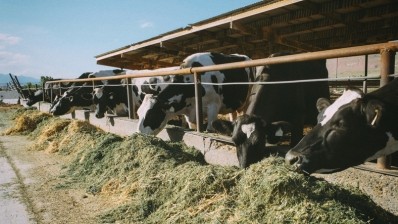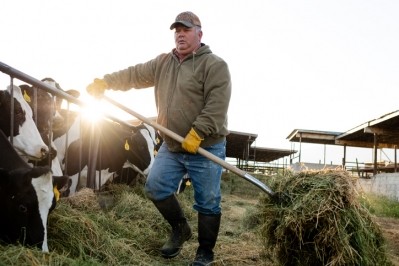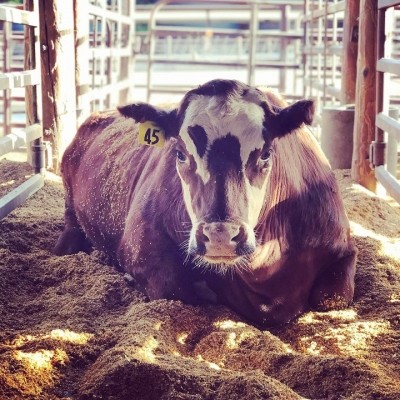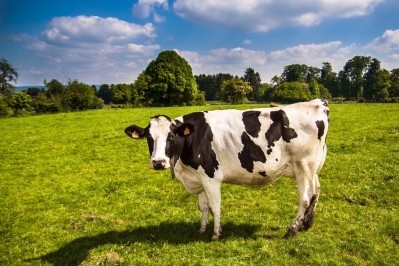Mars Wrigley, Land O’Lakes crown algae feed additive winner in pitch event
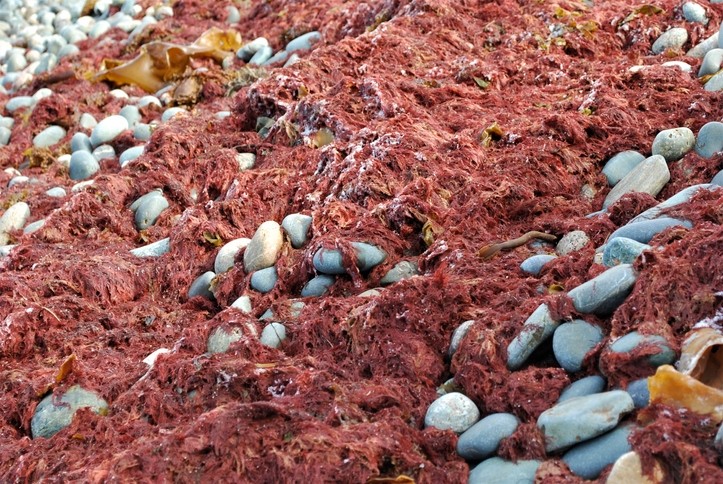
The selection of Blue Ocean Barns as the winning entry in the Empower Possibilities pitch event means the startup will have the opportunity to develop a pilot project to test its algae-based feed additive in a commercial setting, said a spokesperson with Land O’Lakes, Inc.
The pitch event, which was announced in May, looked to generate new products or practices aimed at increasing dairy sustainability and reducing greenhouse gas (GHG) emissions on US dairy farms.
Of the submissions, four companies were picked to present at a pitch event in August.
The feed additive trial has access to up to $200,000 in funding from Mars.
“The judges evaluated each pitch presentation along with answers to questions posed at the event, and we were thoroughly impressed by all of the presentations,” said Alastair Child, vice president of global sustainability, Mars Wrigley. “Blue Ocean Barns stood out as a promising solution with potential to help dairy farmers reduce their emissions on-farm and we look forward to moving ahead with them on a pilot effort as they further develop the product.”
Taking part in the competition and pitch event was really worthwhile, said Joan Salwen, CEO and co-founder, Blue Ocean Barns.
“We do look forward to the opportunity of working for on-farm experts,” she told FeedNavigator. “We’ve been in the lab and on the university farms, so to be with people who are facing challenges, and dealing with weather, and all the kinds of things that farm families have to deal with it, will be a different experience, a new level of exploration for the fit of this innovation with real-life farming – and we’re incredibly excited about that.”
“We do understand the science behind this, we’ve seen it work effectively in farm settings that are simulated on universities, and we’re excited to hear from farmers on how this might be delivered, and stored, and what the value proposition might be,” she added.
Blue Ocean Barns development
Blue Ocean Barns is a relatively new company, but its three co-founders have been working with red seaweed for several years, said Salwen. The three met through their participation in a program at Stanford University that was aimed at allowing people, at a mid-point in their careers, to focus on addressing larger problems. They decided to focus on ways to reduce the production of enteric methane within agriculture.
Both Salwen and co-founder Matt Rothe came from farming families and the project was a way to combine modern technology and funding with ideas of stewardship, she said.
They have been exploring the use of a type of red seaweed in cattle diets to reduce methane production.
The group formed a non-profit, Elm Innovations, to raise money and support research into the seaweed at several academic institutions in the US, she said. The research also explored options for seaweed cultivation and production, including covering options for scale-up.
“Early this year, we got to a point where we had proven that it works – it shows high [level of] efficacy against methane production – that it was safe for animals and [for] humans to eat the food that is produced by animals who eat the seaweed,” she said. “We decided that we needed to put a commercial engine behind what had previously kind of been a science project … And that new company is called Blue Ocean Barns.”
The feed additive is likely about two years from commercialization, and work on the regulatory process is in the early stages, she said.
The seaweed is harvested, dried and milled before use and then would be fed to both cattle and dairy cows as part of a ration.
A study with dairy cows has been completed and published, while an ongoing, and longer, trial of the additive with beef cattle continues, said Salwen. Additionally, research has been done by other groups including outside of the US.
“There is quite a body of research that has now been either published or presented that is mutually reinforcing in terms of its results in reducing methane production,” she added.
The work, in part, has tried to find an “Achilles heel” for the additive, but one has not been found at this time, she said.
The company is now working with researchers in the US and Europe to develop the best production methods for the commercial growth of the seaweed, she said.
“Wild stock is not going to be sufficient for meeting demand by any means, although there is an amazing amount of this seaweed in our oceans,” she added.
“But harvesting it is not cost-effective – it needs to be domesticated, cultivated and managed in a real seaweed farm kind of environment,” Salwen said. “We now know that it can [be farmed] and there are farms that are beginning to get underway now, there are ropes in the water where we’re proving that it will grow.”
Algae research highlights
The group’s initial research project with dairy cows showed about a 60% reduction in methane production, which was lower than what had been noted previously during trials in Australia, said Salwen.
“We’d used a different subspecies of the red seaweed then what they’d used in Australia, and ours was less in season,” she said.
There is now a better understanding of what makes the plant effective and what the best methods of harvesting, processing, shipping and storing it for maximum benefit are, she added.
In the dairy cow trial, cows received diets with 0.5% or 1% of the Asparagopsis armata seaweed for 21 days, according to study data. Cows demonstrated a 26.4% or 67.2% reduction in methane production while methane yield declined by 20.3 or 42.7%, for the low inclusion or high inclusion rate, respectively.
However, feed intake also dropped increasingly as more of the additive was used, the researchers said.
The longer beef trial is intended to provide information regarding if there is a change in efficacy when the additive is used over time, Salwen said. That study will also address issues like beef texture, flavor and quality.
“The first trial was essential, but the sixth-month trial really helped us answer our hypothesis about if the mode of action for this particular interruption of methanogenesis would endure over a 6-month period of time,” she said.
